All Science
- Superstorm Sandy Liveblog: Did the White House respond too quickly?
Some Republicans, such as New Jersey Gov. Chris Christie, have praised Obama's response to the hybrid superstorm, but former FEMA chief Michael Brown, who coordinated the federal response to Hurricane Katrina, say that the White House has acted too quickly.
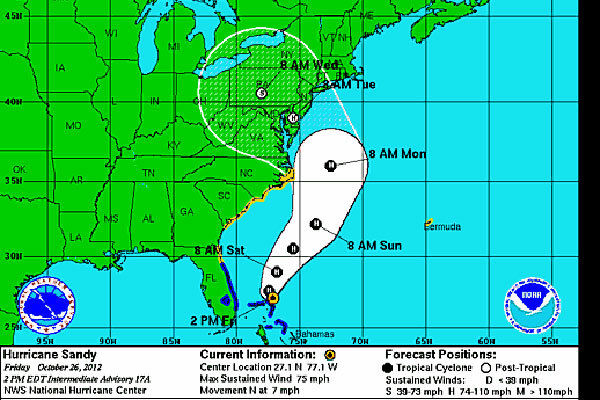 Hurricane Sandy liveblog: Which way is Sandy headed? The latest 'Frankenstorm' track
Hurricane Sandy liveblog: Which way is Sandy headed? The latest 'Frankenstorm' trackA Frankenstorm? The National Hurricane Center computer models are forecasting a track that shows Hurricane Sandy heading toward Delaware.
- Space station crew now at full strength
Following a two day journey, two cosmonauts and a NASA astronaut docked at the International Space Station. Thirty-two Japanese medaka fish also made the trip safely.
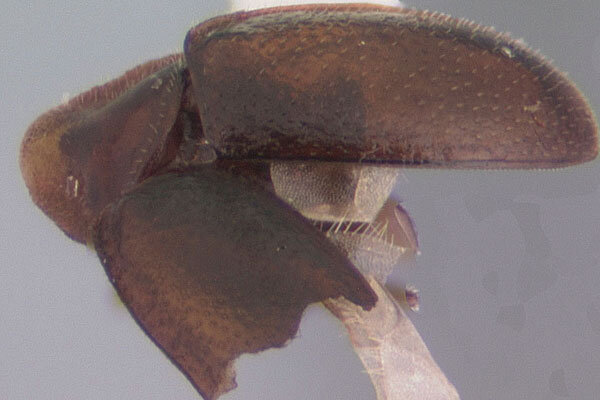 Rare ladybug in Montana behaves like a turtle
Rare ladybug in Montana behaves like a turtleRare ladybug: The 'headless' ladybug is a new genus that can tuck its head in its throat. How rare is it? Only two of the bizarre-looking ladybird beetles have ever been collected, a male in Montana and a female in Idaho.
 Iron Nazi space Buddha may be fake, definitely from space
Iron Nazi space Buddha may be fake, definitely from spaceIn a report released online, a Buddhism expert writes that the features of the statue are 'pseudo-Tibetan' and are more likely to be a European reproduction
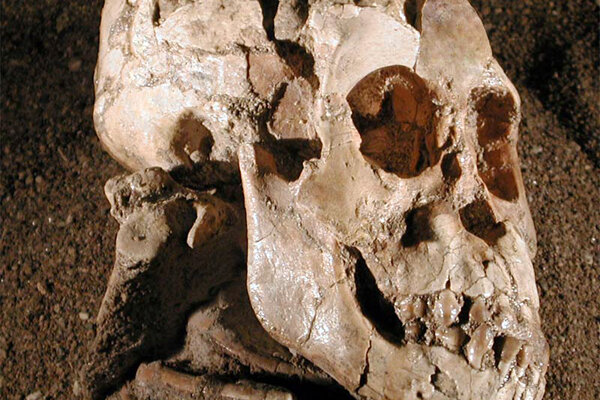 'Lucy,' early human ancestor, likely swung from trees
'Lucy,' early human ancestor, likely swung from treesAmong the earliest known relatives of humanity definitely known to walk upright was Australopithecus afarensis, the species including the famed 3.2-million-year-old 'Lucy.'
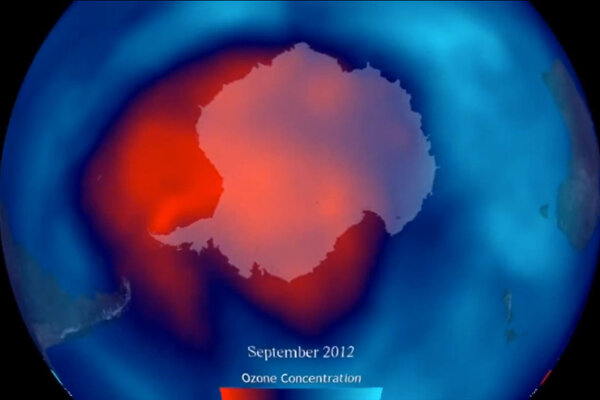 Antarctic Ozone Hole 2nd Smallest in 20 Years
Antarctic Ozone Hole 2nd Smallest in 20 YearsOn the Earth's surface, ozone is a pollutant, but in the stratosphere, it reflects ultraviolet radiation back into space, protecting us from skin cancer-causing UV rays.
 Three new residents arrive at International Space Station
Three new residents arrive at International Space StationThe Soyuz TMA-06M spacecraft docked at the space station's rooftop Poisk module after a two-day orbital chase.
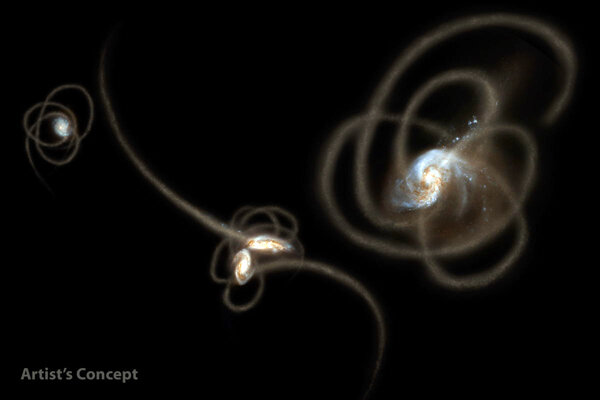 Gigantic invisible cocoons of dark matter may suck up rogue stars
Gigantic invisible cocoons of dark matter may suck up rogue starsThese findings suggest the halos of dark matter surrounding galaxies are not completely dark after all, but contain a small number of stars, investigators added.
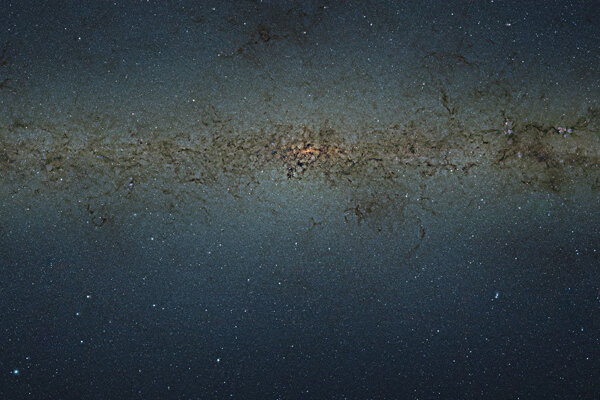 Humongous Milky Way photo captures 84 million stars
Humongous Milky Way photo captures 84 million starsThe staggering 9-gigapixel picture was created with data gathered by the Visible and Infrared Survey Telescope for Astronomy (VISTA), an instrument at the European Southern Observatory's Paranal Observatory in northern Chile.
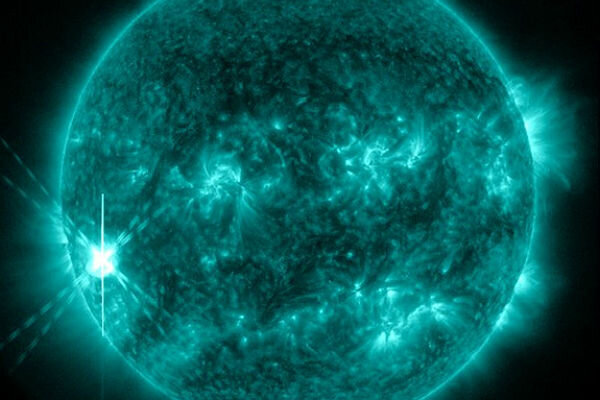 On the sun: Massive solar flare unleashed
On the sun: Massive solar flare unleashedAn X-class flare erupted on the sun on Monday, according to scientists. These flares, sometimes interfering with radio signals here on Earth, are likely to continue as the sun approaches the peak of its magnetic activity in 2013.
 Toy hippo, fish join new astronauts in flight to space station
Toy hippo, fish join new astronauts in flight to space stationA Soyuz spacecraft blasted off from Kazakhstan Tuesday morning with an American and two Russians also on board.
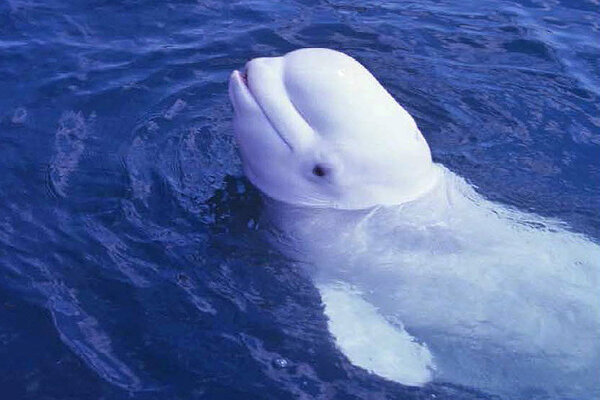 Research reveals Beluga whale that could mimic human voices (+audio)
Research reveals Beluga whale that could mimic human voices (+audio)It may sound like a whale of a tale, but it's true. Beginning in 1984, scientists in San Diego studied the sounds of a captive male Beluga whale that was able to mimic human voices.
 Lorca 5.1 earthquake: Blame Spain's farmers and their deep wells?
Lorca 5.1 earthquake: Blame Spain's farmers and their deep wells?Spain's worst earthquake in 50 years may have been triggered by farmers drilling deep wells to water their crops, says a new study. With the rise in 'fracking,' man-made earthquakes are a focus of seismic study.
- ‘Beetlejuice’ sparks? Meteor shower brings 'shooting stars' and 'earthgrazers'
The increasing intensity of the annual Orionid meteor shower will be on full display Saturday night and Sunday morning as most of the US faces a cold, clear, moonless night – the perfect celestial screen.
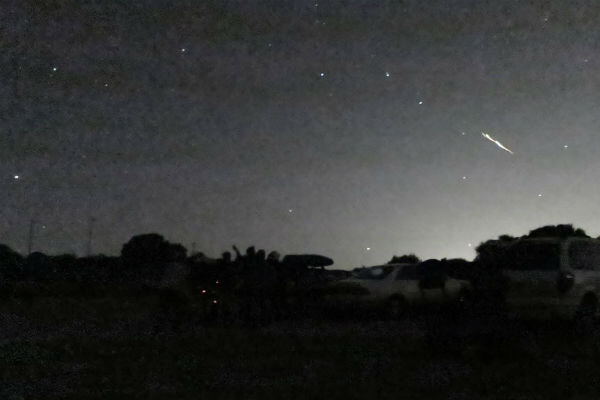 Orionid meteor shower: Watch for fireballs during weekend peak
Orionid meteor shower: Watch for fireballs during weekend peakOne of the more spectacular meteor showers of the year peaks overnight Saturday, with perhaps 60 visible meteors an hour. Fireballs – any meteor brighter than Venus – are likely as Orionids plunge into the atmosphere at 148,000 miles per hour.
 Mars rover begins munching dirt, finds weird bright stuff
Mars rover begins munching dirt, finds weird bright stuffThe soil has been successfully delivered to the rover's Chemistry and Mineralogy instrument, or CheMin, mission scientists announced Oct. 18.
- Extreme global warming caused devastating die-off
As much as 95 percent of the Earth's species disappeared 250 million years ago as a result of dramatic temperature changes likely influenced by fierce volcanic eruptions.
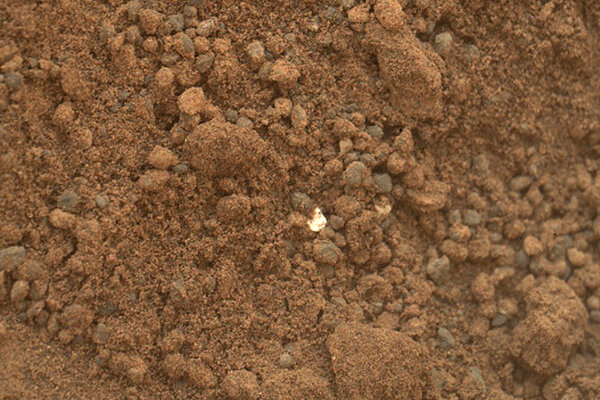 For Mars rover Curiosity, at last, it's dinnertime. On the menu: dirt.
For Mars rover Curiosity, at last, it's dinnertime. On the menu: dirt.It's period of painstaking preparations over, the Mars rover Curiosity has at long last ingested a sample of soil for analysis by its on-board chemistry lab. That's what it came 352 million miles for.
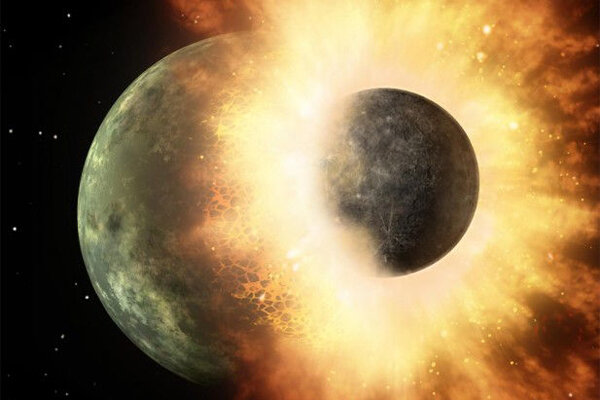 Moon formed from humongous Earth collision, new theories attempt to explain
Moon formed from humongous Earth collision, new theories attempt to explainThe new research potentially plugs a big hole in the giant impact theory, long the leading explanation for the moon's formation.



















